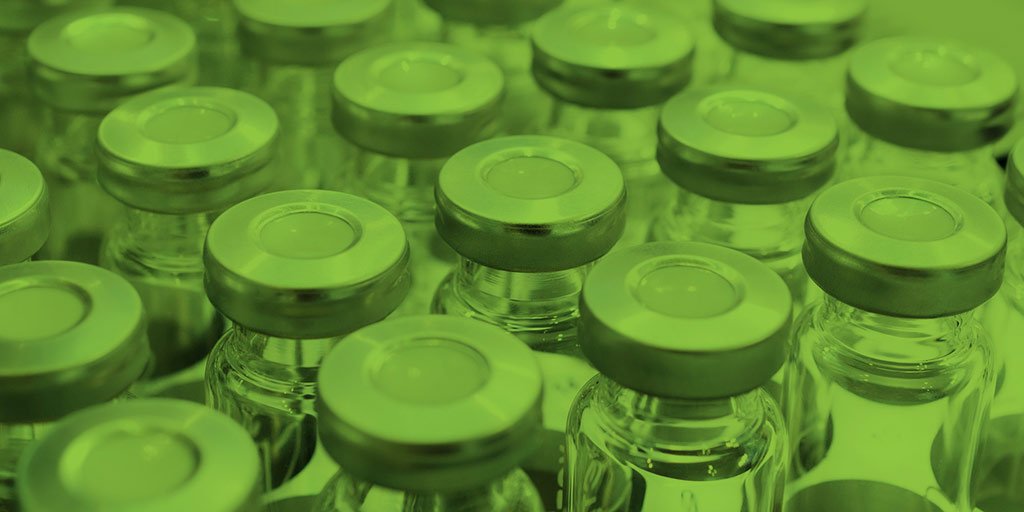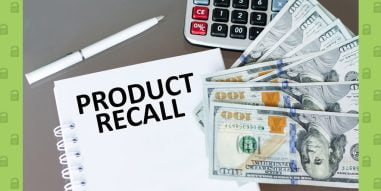5 Packaging Technologies to End the Pandemic
January 21, 2021
Here at AssurPack®, we’re passionate about packaging and how it can help the world be healthier and safer. And not just cannabis packaging — our love of package engineering extends into all areas. So as the world struggles to bring the pandemic to an end, we’re excited about the ways packaging is helping stop COVID-19.
In this post, we take a look at five new packaging technologies that could help the world get back on track. Hopefully, these rapidly developing technologies will bolster our stockpile of disposable medical supplies and help with vaccine distribution.
A Cool Solution for COVID Vaccines
Currently, there are more than 165 vaccines in development to target COVID worldwide, and several are promising to be effective. Yet distributing the vaccines presents problems that the pharmaceutical industry has yet to encounter, at least at such a large scale.
The most hopeful vaccines — those originating from Pfizer and Moderna — will perish in a matter of hours if exposed to room temperatures. They must be stored using specialized refrigeration equipment capable of maintaining temperatures near -70°C.
Pfizer has developed packaging and storage innovations capable of maintaining storage conditions of sub-artic for up to 10 days. The dry-ice-packed containers are equipped with sensors to monitor temperatures while the package is in-route, and once the point-of-use facility receives the shipment, they’ll have several ways to further extend the shelf life for up to six months depending on their own refrigeration capabilities.
Packaging That Extends Shelf Life
The vaccine’s need for subarctic temperatures makes shipping difficult, and it also handicaps rural healthcare facilities. Large hospitals and research institutions often have refrigerators capable of -70°C, but smaller hospitals and clinics do not. That means we need to find ways to keep shipments cold for much longer, possibly for days after their arrival.
To meet the need, Switzerland-based SkyCell has developed sophisticated containers for sub-zero shipping. The containers can maintain -80°C to -60°C for up to 120 hours. Moreover, the containers increase the number of vaccines that can be shipped by eliminating the use of dry ice.
Dry ice — the solid form of carbon dioxide (CO2) — presents logistical challenges when shipped. As the dry ice turns back into a gas, it fills the surrounding area with CO2. Inside an airplane, a buildup of CO2 gas can displace oxygen and pose a threat to personnel.
The new containers from SkyCell allow 10-times more vaccines per shipment by eliminating dry-ice refrigeration and cutting down on the number of vaccines spoiled in transit. The SkyCell containers also track the location of each container, as well as their internal and external temperatures.
An Alternative to Glass Vials
The COVID vaccine initiative will require billions of doses over the coming years and place an unprecedented strain on the supply chain for many common materials such as syringes and borosilicate glass vials.
To meet the need for vials, the federal government signed a $143 million agreement with SiO2 Materials Science. The Alabama-based firm will provide its unique alternative to glass vials: an injection-molded plastic vial that is coated with an ultrathin layer of silica.
SiO2’s plastic-based alternative is chemically and thermally stable from -196°C to 121°C, making it suitable for a wide range of contents — including COVID vaccines. Though polypropylene, the vial’s 20-nanometer silica coating performs like glass and provides an improved gas barrier for longer shelf life. The plastic vial doesn’t break when it’s dropped and, unlike glass, can withstand a 1,500-pound direct impact.
Two-in-One Injectors for Vaccines
When a vaccine or medication is manufactured, the final step is the fill-finish part of the process: producing glass vials, filling them with the formulation, obtaining syringes, and distributing them to points of use.
To help make it happen, ApiJect Systems America was awarded a $150 million contract to solve two problems at once. The company’s pre-filled syringe system eliminates the need for a separate vial. Using “Blow-Fill-Seal” technology, ApiJect melts raw resin in a continuous process as the syringe is formed, filled, and sealed.
ApiJect was also awarded a $590 million loan by the federal government to expand its facilities based on the yet-unproven syringe technology. The materials shortages of the first phase of the pandemic — test kits, nose swabs, testing chemicals — forewarned of the potential hurdles of the fill-finish process, and the injectors from ApiJect are considered a backup plan for vial and syringe shortages.
A Solution for Better Hygiene
The high transmission rate of the COVID-19 virus has prompted the need for better hygiene in healthcare. So, as part of the plan to meet the need for more syringes, the federal government has awarded a $137 million contract to a firm specializing in hygienic syringe design.
Retractable Technologies will supply retractable syringes for the vaccine. Their patented device withdraws the needle into the body of the syringe when the plunger is depressed, thus eliminating the possibility of COVID transmission via mishandled syringes.
Delayed Aspirations for Sustainability
For now, packaging companies have set aside their intention for a more sustainable future. The urgent need of the pandemic has hamstrung efforts to move toward recycled and recyclable plastics.
Obviously, single-use plastic is important in healthcare for hygienic reasons, but that doesn’t mean we can’t make strides in other areas of packaging. At AssurPack®, we’re excited to be developing an increasing number of recycled and recyclable plastics, including bioplastic alternatives.
For more information about how we’re helping people and the environment, read more about AssurPack®’s sustainability initiatives.




